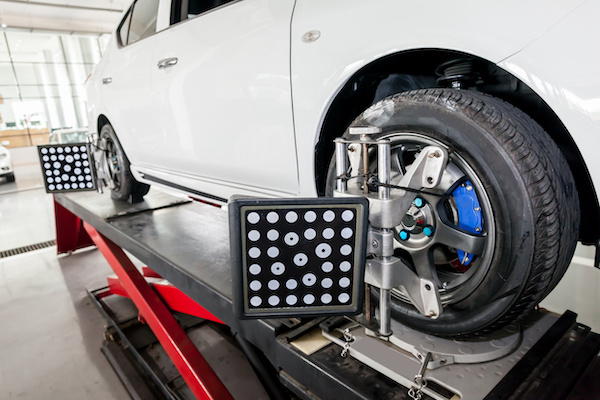
Do your vehicle's tires need aligning, balancing, or both? Although the two processes are often carried out at the same time, they're two different procedures that together help to ensure your tires operate optimally.
What is Wheel Alignment?
The wheels on your vehicle are angled to provide the best balance of grip, safety and tire longevity. Over time, mainly if the vehicle is driven over rough, uneven surfaces, the tires can gradually move out of alignment. Poorly aligned tires may cause:
- Uneven tire wear.
- Steering that pulls left or right
- The steering wheel isn't straight, even when the vehicle is driving in a straight line.
- Problems with braking and handling.
What is Tire Balancing?
A tire should have the same amount of load at the base at every stage of its revolution. Tires that are worn unevenly, damaged tires, or tires that have been kept on a stationary vehicle for a long period of time are all likely to develop an uneven weight profile. Even new tires have small imperfections that can make the wheel slightly out of balance. To compensate for imperfections in the tire or wheel, small weights are added around the rim to balance them. This is called tire balancing.
Signs that tires may need balancing include:
- Unusual levels of vibration, particularly at higher speeds and/or specific speed ranges.
- Uneven tire wear or tire wear in an unusual pattern.
If not addressed, poorly balanced tires hurt ride quality and reduce the lifespan of your tires. Unbalanced tires may also damage a vehicle's shocks, wheel assembly, and bearings. A mechanic can easily balance tires, using advanced machinery to pinpoint where extra weight needs to be added to ensure a consistent wheel load.